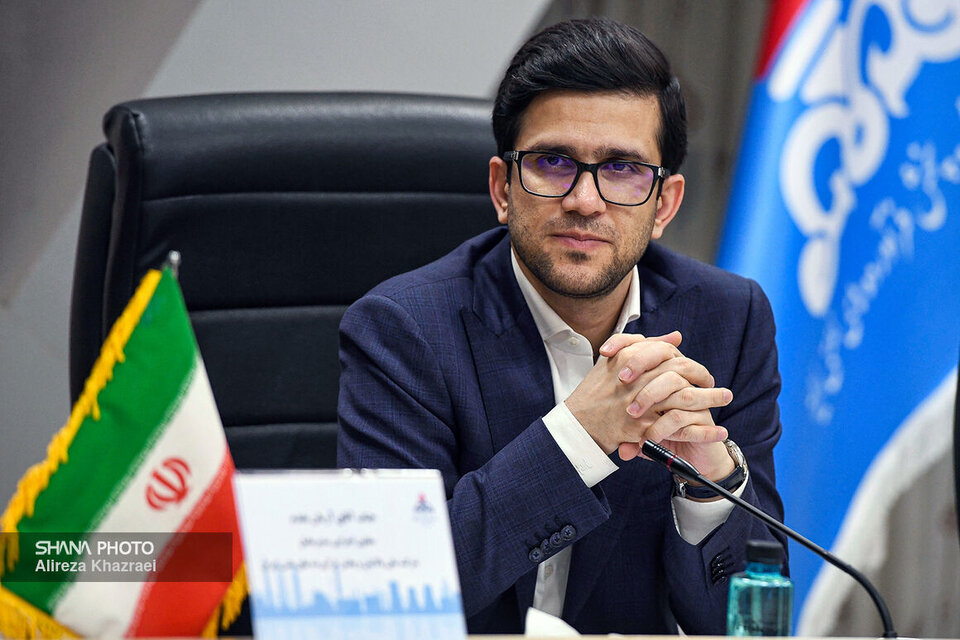This 30-inch pipeline, a branch of the Goreh-Jask crude oil pipeline, has a capacity of 300,000 barrels per day (bpd) and marks a major milestone in ensuring a stable feedstock supply to the refinery.
Mohammad-Sadeq Azimifar stated, "With the completion and launch of this 37-kilometer pipeline, the refinery’s feedstock supply has been stabilized at 300,000 bpd, representing a significant step toward enhancing the productivity and output of the nation’s refining sector."
Overcoming supply challenges
Azimifar highlighted that one of the primary challenges in supplying feedstock to the Bandar Abbas Oil Refinery was the aging tanker fleet and weather-related disruptions, which often led to reduced feedstock availability and decreased production.
"The new pipeline guarantees secure and consistent feedstock delivery, reducing reliance on maritime transport," he added.
Environmental, economic benefits
The CEO also pointed out the advantages of pipeline transportation, emphasizing that it not only mitigates environmental and safety risks but also significantly lowers transportation costs. "The cost savings from reduced feedstock transportation expenses are estimated at approximately $80 million annually," he noted.
A model of industry collaboration
Azimifar described the project as a successful example of synergy within the oil industry and a testament to NIORDC’s commitment to enhancing energy sustainability and developing strategic infrastructure.
"I extend my gratitude to all colleagues and experts who played a role in this project, including those from the National Iranian Oil Engineering and Construction Company, Bandar Abbas Oil Refinery, and the National Iranian Oil Company," he said.
The pipeline’s launch, Azimifar concluded, represents a significant step toward bolstering the domestic capabilities of Iran’s oil and refining industries.
"We remain committed to implementing similar infrastructure projects to improve the country’s energy security and sustainability."


Your Comment